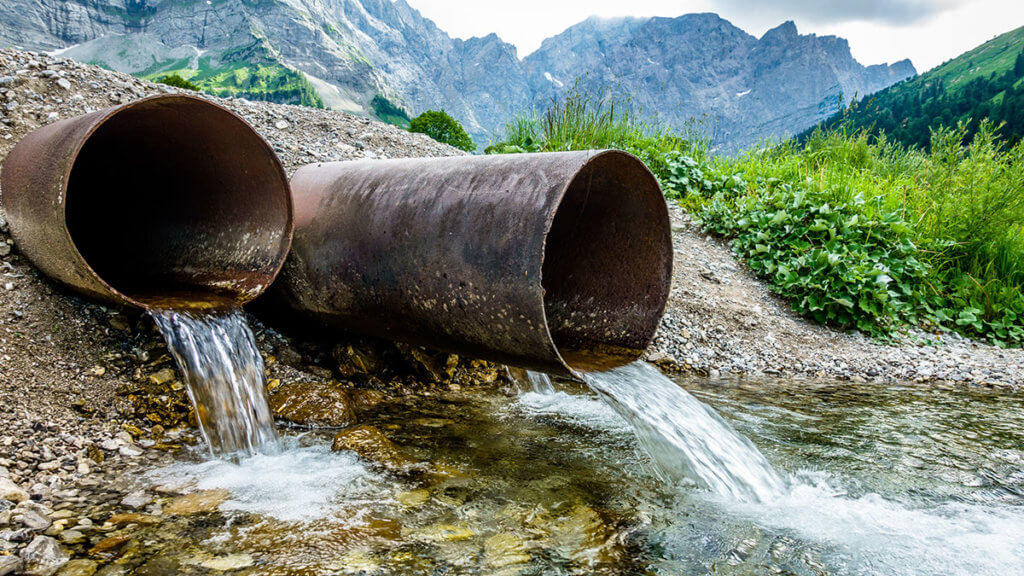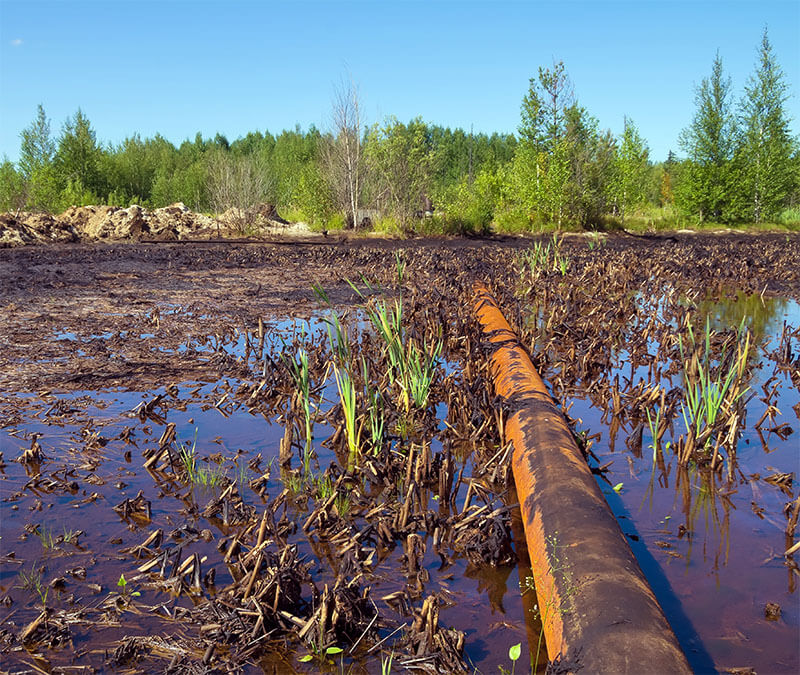Alkaline Hydrolysis of Contaminants in Soil and Groundwater
A safe, in-situ treatment for subsurface contaminants via injection wells

Researchers at ERDC’s Environmental Lab have developed an in-situ treatment that allows alkaline hydrolysis to reach and eradicate typically inaccessible contaminants. Alkaline hydrolysis is a process that raises pH levels of contaminated soil, so that the contaminants (e.g., propane or explosives) break down and are absorbed. Current methods have not been effective in treating contaminants trapped in intermediate and deeper soil, including groundwater.
The treatment process uses injection wells to apply ammonia gas into the soil. When the gas dissolves in moisture naturally found in the soil, the soil’s pH increases. After 2 to 6 weeks, the soil or water can be tested for pH and contaminant levels, and the process can be repeated until the desired levels are achieved. ERDC’s innovative method represents a breakthrough in decontaminating volatile compounds in soil and groundwater and making it usable again for drinking water, agriculture, and wildlife.
Benefits:
- Safer: Enables in-situ treatment for contaminated subsurface soil and groundwater
- Proven: Demonstrates > 95% removal of TNT and NB, and chlorinated propane concentrations were reduced to non-detectable levels
- Low-cost: Applies inexpensive ammonia gas to enable alkaline hydrolysis
- Effective: Significantly reduces volatile contaminants in soil and groundwater
- Environmentally friendly: Improves soil nitrogen concentrations for agricultural use
Applications:
- Military (e.g., bases, command centers, expeditionary forces)
- EPA
- Oil & gas (e.g., contaminant spills, manufacturing)
- Agriculture
- HAZMAT management
- Hydraulic and earth engineering

